
Jesse D. Vernon: “We worked the songs together as a band from the very beginning. They even helped with the lyrics, which is something that hadn’t occurred to me before.” Photo: Philippe Lebruhman
The Morning Star Music Club songwriter on returning after a decade, the beauty of live recording and his evolving process
A full-time musician since leaving school, Jesse D. Vernon first gained recognition in the 90s with indie psyche-rock band The Moonflowers. He has since played violin for John Parish, co-founded This Is The Kit, and collaborated with artists like Jesca Hoop. Now based in Paris, he also leads the Fantasy Orchestra. Now comes Liminal Zone, the first new album in over 10 years from Morning Star Music Club (the project previously known as Morning Star).
Produced by Parish and recorded at Paris Audioscope Studio, the album was created in a workshop environment and explores themes of transition, loss, and rediscovery, balancing introspective lyricism with vibrant instrumentation. Vernon’s sound blends folk-infused indie rock with elements of soul, blues, and psychedelia, enriched by intricate vocal harmonies and a warm, analog production style.
Drawn in by his immersive sound, we wanted to learn more…
Why did you decide to return to Morning Star Music Club after more than a decade?
“It was something I’d been trying to get around to for a long time, in the end I realised it had got beyond urgent. I missed performing my own songs so I reached out to friends to see who would like to be part of it. The group came together very naturally. Phil is the drummer I’ve been playing with for years, even in previous incarnations of this group. Abby, Lisa and Yohav, I know through the Fantasy Orchestra that I run in Paris, and we were already good friends, other pals joined for the recording.
How did the collective/workshop-style approach shape the sound of Liminal Zone?
“On previous albums, I’ve worked the songs and just asked friends to come and help with the recordings; for this album, we worked the songs together as a band from the very beginning. They even helped with the lyrics, which is something that hadn’t occurred to me before.”
Was it an intentional decision to record the album in just four days, and how did that timeframe impact the process?
“I wanted to record in a great studio onto two-inch tape. I knew we could do it in a short amount of time, as we’d been working on the songs together for a while, so we were already happy with the arrangements. It was just a question of getting a good performance of each song. It’s a way of recording that I really love but haven’t managed to do on previous records. I’d been too hooked on the writing-while-recording Strawberry Fields-type idea that had become available to musicians since the days of four-track tape machines.
“There’s something very special about playing the songs live, and if you can do that, then you can get a lot of material done quite quickly. We were lucky to find the recording engineer, Stew Crookes, who really understood what we were trying to do and really made it possible to achieve so much in such little time. It’s great for the budget to record quickly but also for the atmosphere of the album.”
What made you choose Spiritual Guide and Drifting as the first singles?
“Some of us wanted Spiritual Guide; some of us wanted Drifting. I think they’re a good introduction to the project. Spiritual Guide is like the rock that the rest of the album is built on – in terms of its sheer calm and solidity – whereas Drifting has a more immediate energy. Both showcase great backing vocals.”

Jesse D. Vernon: “There’s so much you can do with backing vocals – from creating textures to accentuating lyrics to bouncing ideas, asking questions, adding rhythms.” Photo: Philippe Lebruhman
What does the idea of the “liminal zone” mean to you, and how did that concept influence the title track?
“The idea of being between worlds, in an in-between space, fits almost any situation. Music itself is liminal, but everything is. It’s the moment of reaching out for something, and just when you think you have it, you don’t. Or maybe you do but not in the way you thought you would.”
How did the song Carry It Home come together, and what does “home” represent in the lyrics?
“It came together from dealing with changes, the different lives we might be living at the same time but haven’t consolidated. It can feel unreal; it could be something you don’t want to deal with, don’t want to have to deal with it. In the end, you’ll have to face it. You can carry stuff around, but it’s good to be able to put it down so you can look at it. Then maybe go get something else. Also, the people I live with are massive hoarders, so it’s kind of making fun of that a bit. I’m a bit of a hoarder too, anyway.”
What drew you to cover Jessie Mae Hemphill’s Jessie’s Love Song?
“It’s a great song, and I love how the original sounds like the drummer is accidentally playing the rhythm backwards – it sounds wild to me. It gave me such excitement that I wanted to sing it. Also, because I’m called Jesse, and a lot of my songs tend to be love songs.”
And what was the inspiration behind the structure of The Tower Still Stands?
“I had two versions of the song and fused them together. But I’ve also wanted to write a speeding-up song for years, probably inspired by Electrelane, who do brilliant acceleration in most of their songs. Very exciting, especially live. This feeling of acceleration goes with the vibe of the song, personifies it almost, then it was a question of exaggerating that idea and playing with it.”
How do you balance introspective themes with playful, groove-driven elements in your songwriting?
“The aim is to be serious and meaningful and true but not bore myself or the band or the audience.”
What role did John Parish play in shaping the album’s sound?
“He’s got great taste in what sounds good. He also helped in choosing which songs to record and with the tracklist, too. He’s been a great mentor for this record.”
Were there any specific albums or artists that influenced the sound and direction of Liminal Zone?
“Nothing specific, but I wanted it to sound like a great record from the late 60s/70s, and I think it does.”

Jesse D. Vernon: “I like the process, but it needs a lot of time, and you pay in flesh from your soul if it’s to be a valuable endeavour.” Photo: Philippe Lebruhman
How has your songwriting process evolved over the years?
“I’ve learned to spend more time on it. When I was a teenager, I was proud to knock off a song in five minutes. I didn’t listen to lyrics, and I didn’t think anyone else did. The songs were not good. Now I tend to spend more time on it – though it’s a good exercise to write songs quickly, of course. I must write a book of lyrics for every song of three verses. How many verses did Leonard Cohen have for Hallelujah? I have similar for the songs Liminal Zone or Coming Round or The Tower Still Stands. I like the process, but it needs a lot of time, and you pay in flesh from your soul if it’s to be a valuable endeavour.”
Do your lyrics come more from personal experience or observation?
“I’m not sure I know the difference… but I’m not all that observant.”
What draws you to cinematic arrangements?
“I’m always drawn to fun in music. I like every style of music and there’s always fun to be had. It’s fun playing with atmospheres and taking the listener to different sonic environments.”
How do you think backing vocals shape the emotional depth of a song?
“They add colour and light and sometimes even relevant comments. It’s just like any instrumentation in terms of melody and counterpoint, but because the human voice is involved, it immediately creates a dialogue, a conversation, as opposed to a static background. Also, there’s so much you can do with backing vocals – from creating textures to accentuating lyrics to bouncing ideas, asking questions, adding rhythms… It can be a witty and very rewarding addition. I really enjoy a great backing vocal whether it’s Motown or the Wailers or Jesca Hoop.”
Did any specific experiences or events lead you to explore themes of fragmentation and reunification on this album?
“Yes, and they reminded me that fragmentation and reunification is a fact of life. You can get stuck in a rut and not feel the changes flowing all around you, it might take 10 or 15 years but sooner or later you’re gonna wake up and you’ll find the world there waiting and that might be just one aspect of your life or all of it, or you might think it was all of it but it was just your songwriting for instance.”
Moving forward, how do you see Morning Star Music Club evolving from here?
“I see it as a continuous part of my life. It’s a club, it’s flexible depending on who’s around and has time to do it. We’ve got a tour of Japan and New Zealand booked for the end of the year. For me, being in a band is like having a reason to hang out, create and travel with your favourite people (in that order). I love performing and making records, so hopefully more of that.”
What do you get from collaboration that you don’t get from working alone?
“You get a chance to see how open-minded you are.”
What do you hope new listeners take away from Liminal Zone?
“I hope listeners take away something of their own from the album; we put a lot into it, so I think there’s a myriad of feelings and identification that can be got from it. Hopefully, the record will give people hope that there’s beauty and satisfaction to be found even when you don’t know what the hell is going on all around you.”




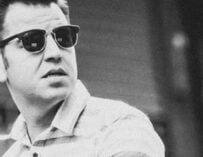
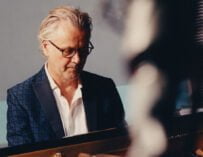

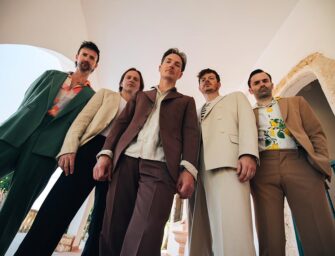

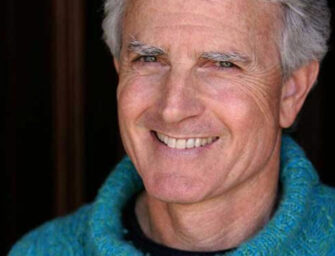


















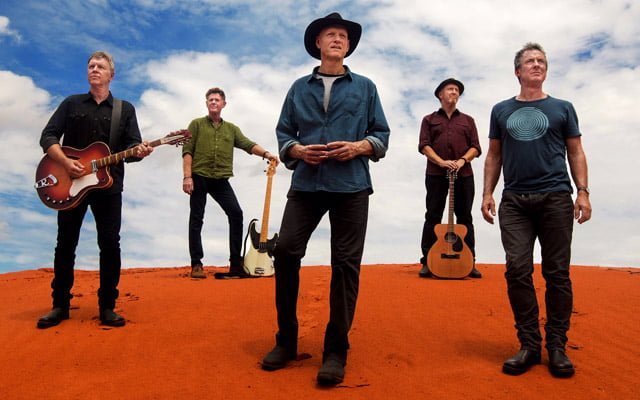






Related Articles